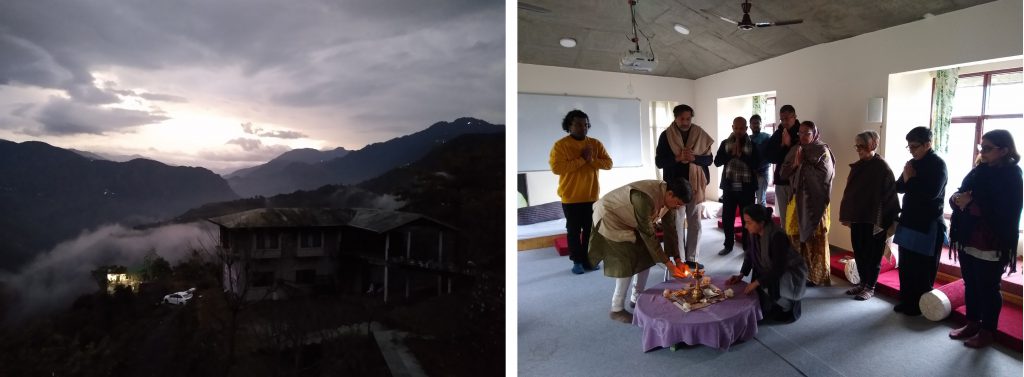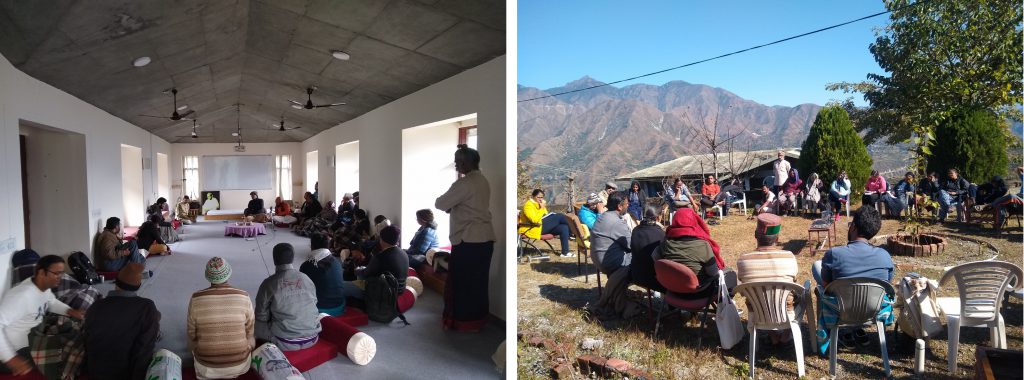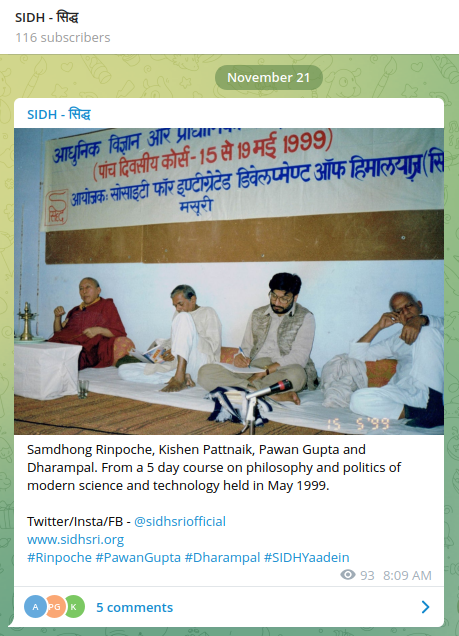This blog started in November 2020 as a way to keep the conversation going among the participants of the online courses that we were running at SIDH. We started with some basic rules:
a. There would be a new post every Monday.
b. The posts would be a quick read of around 500 words.
c. The topics would be related to ideas explored in the online courses.
Looking back, the posts can be classified as:
Related to important educationists:
Samdhong Rinpoche: Education in the Tibetan Buddhist tradition
Dharampal: Gently reminding us of who we are
Dharampal: Unpublished writings
Dharampal: The Dharampal project
Dharampal: Sahajta aur aatma vishwaas kaise laute (Part 1 of 2)
Dharampal: Sahajta aur aatma vishwaas kaise laute (Part 2 of 2)
Ravindra Sharma: Sahajta aur samarthya
Ananda Coomaraswamy: The towering genius
AK Saran: A radical spokesman of tradition
SN Balagangadhara: Shaking us awake
SN Balagangadhara: What does it mean to be ‘Indian’?
CK Raju: A mathematical genius
Kapil Kapoor: The cheerful Pandit
Rabindranath Tagore: The history of Bharatvarsha
Sri Aurobindo: The Renaissance in India
J Krishnamurti: On Education
MK Gandhi: Hind Swaraj
Related to our online course:
The problem with modern education
Drawing the attention or dhyaanakarshan vidhi
The Isa Upanishad illuminates an aspect of modernity
Understanding modern education – Online course
Related to SIDH publications:
A matter of quality
Understanding history
Learning to learn
Learning at Bodhshala
The white sahibs in India
The white sahibs in India: Excerpts
The white sahibs in India: Excerpts (Part 2)
Related to alternate schools:
Microschools: The future of education?
Microschools: Networks
Muni International
Aksharnandan
Indus World School
Manzil
Anand Niketan
Posts by Pawanji not covered in the above list:
Hamara itihaas bodh
Saadhaaran hi shresth thhe
Vividhta – parampara mein/ adhunikta mein (Part 1)
Vividhta – parampara mein/ adhunikta mein (Part 2)
Vividhta – parampara mein/ adhunikta mein (Part 3)
Nothing exists in isolation (Part 1)
Nothing exists in isolation (Part 2)
There are some stand-alone posts that do not fit into the above categories but an overview of the year-long blog project can be seen by reading the above list. Take a look, follow some of the links, and let us know what you think. Namaste!



